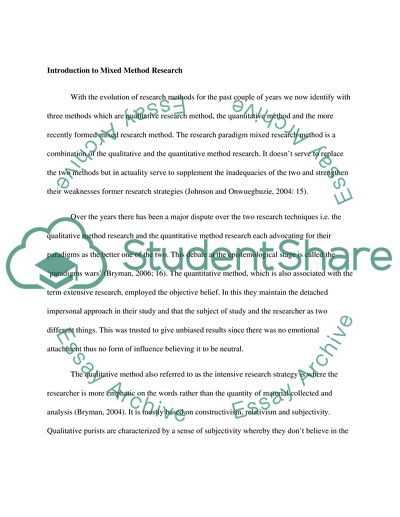Cite this document
(Mixed Method Research Coursework Example | Topics and Well Written Essays - 2000 words, n.d.)
Mixed Method Research Coursework Example | Topics and Well Written Essays - 2000 words. Retrieved from https://studentshare.org/education/1773292-advance-mixed-methods-research
Mixed Method Research Coursework Example | Topics and Well Written Essays - 2000 words. Retrieved from https://studentshare.org/education/1773292-advance-mixed-methods-research
(Mixed Method Research Coursework Example | Topics and Well Written Essays - 2000 Words)
Mixed Method Research Coursework Example | Topics and Well Written Essays - 2000 Words. https://studentshare.org/education/1773292-advance-mixed-methods-research.
Mixed Method Research Coursework Example | Topics and Well Written Essays - 2000 Words. https://studentshare.org/education/1773292-advance-mixed-methods-research.
“Mixed Method Research Coursework Example | Topics and Well Written Essays - 2000 Words”, n.d. https://studentshare.org/education/1773292-advance-mixed-methods-research.


